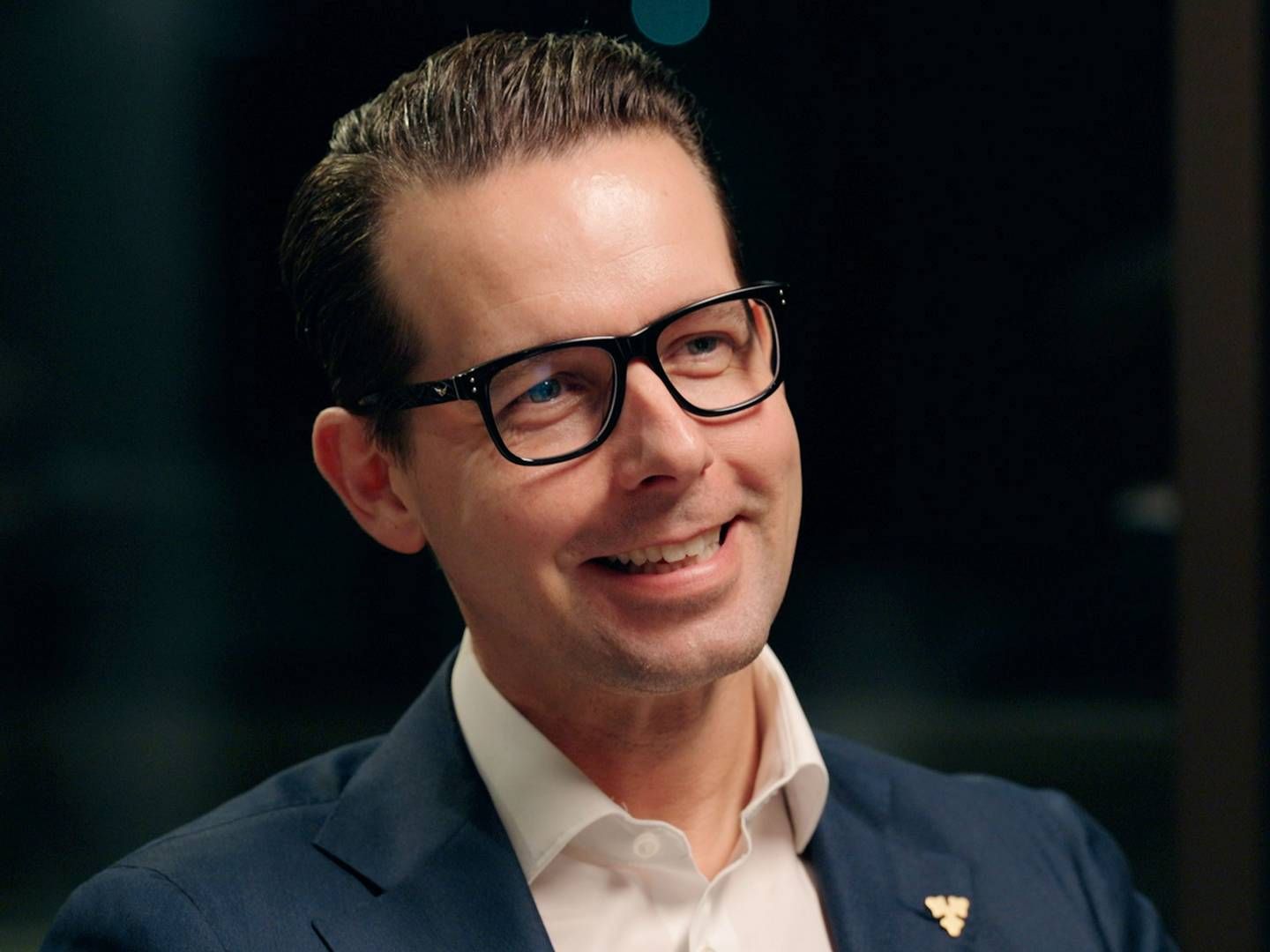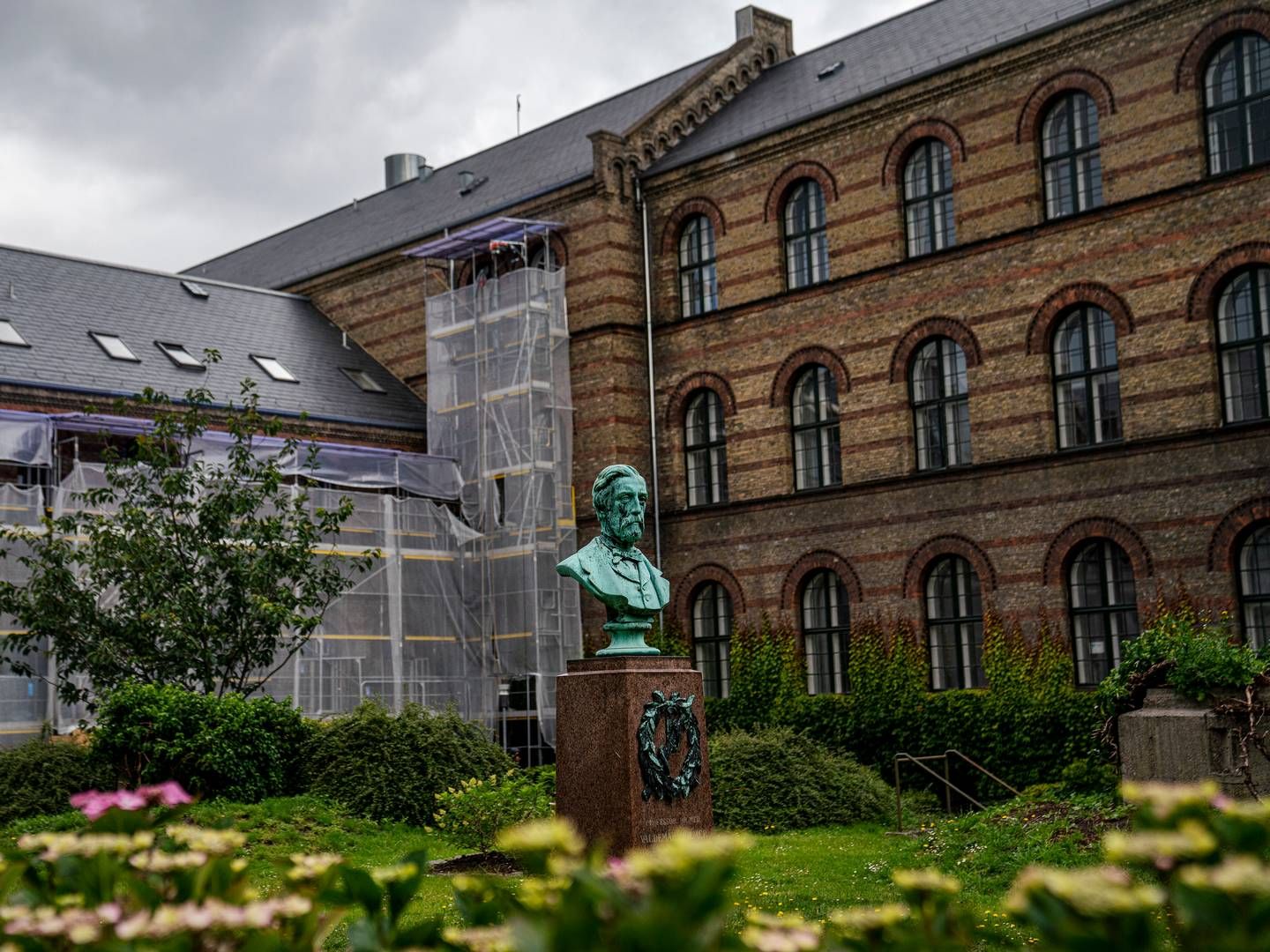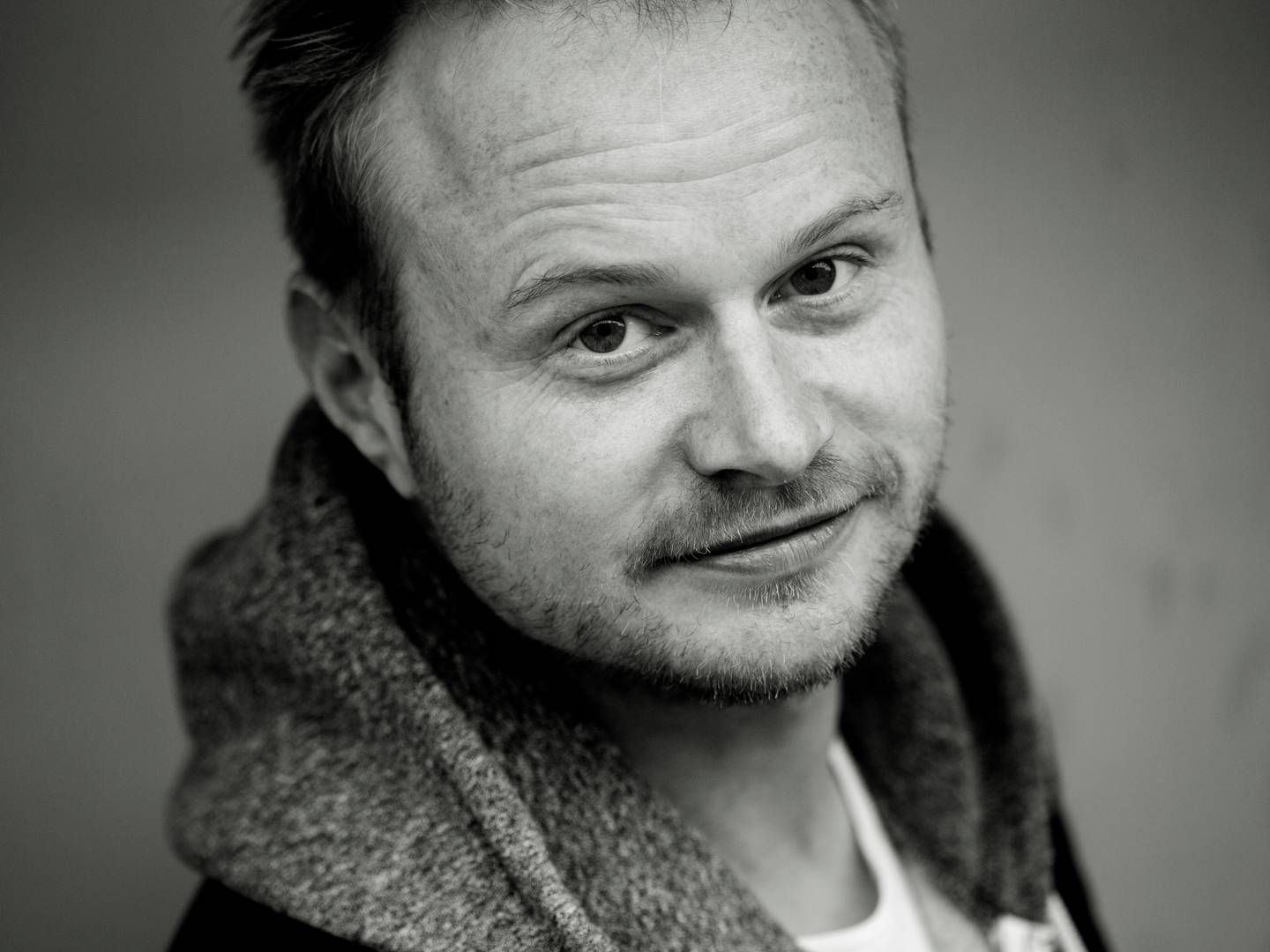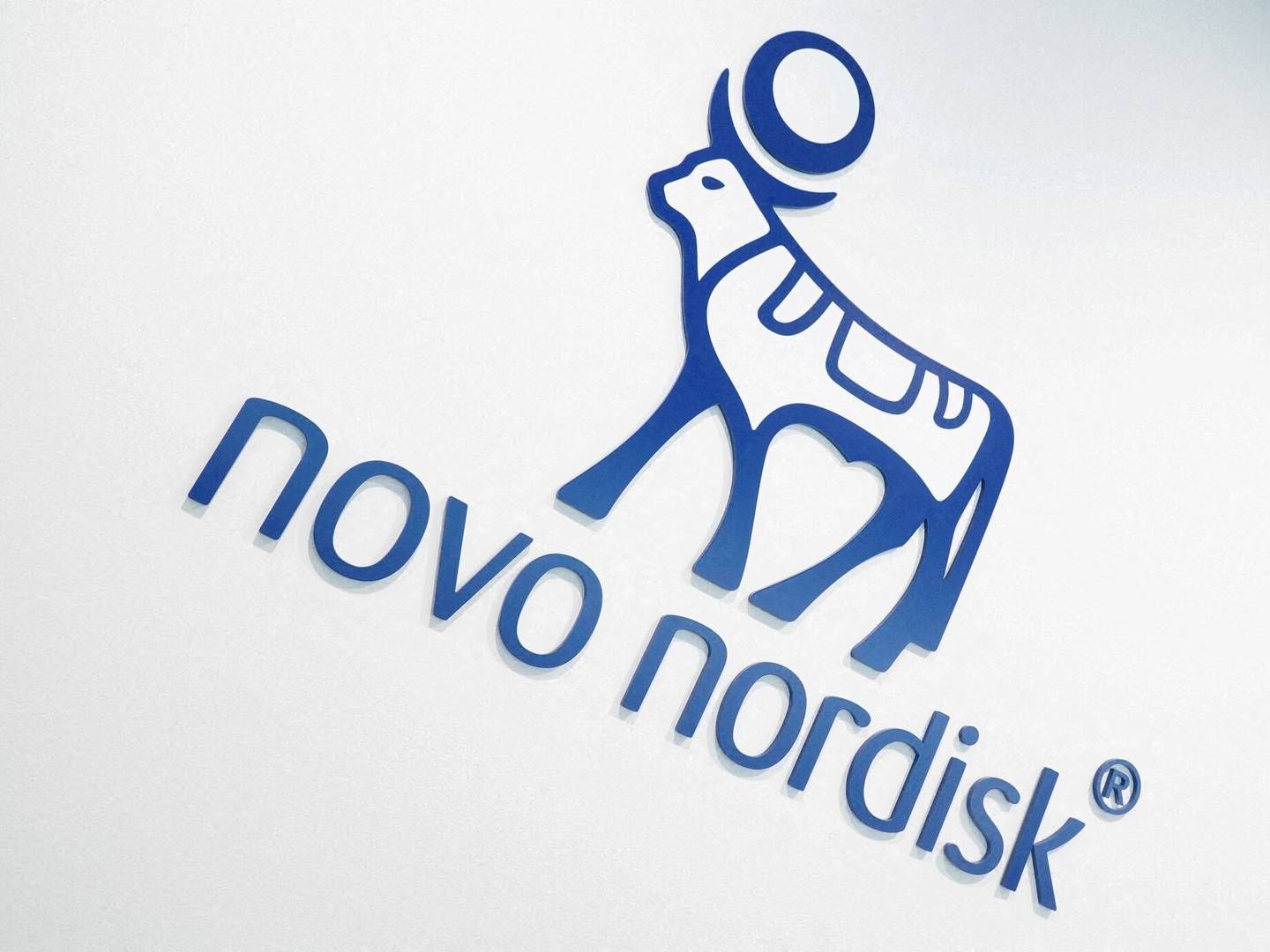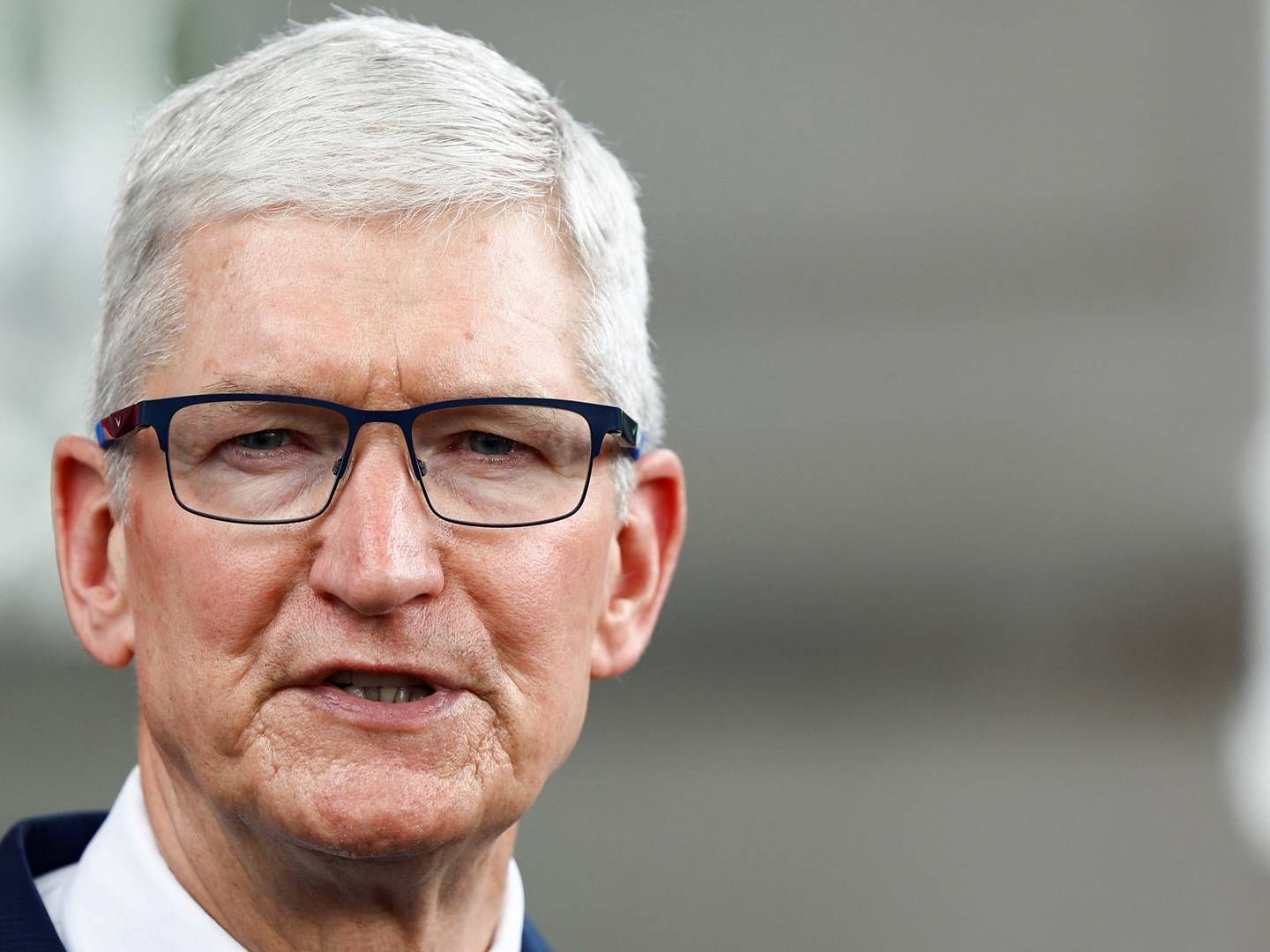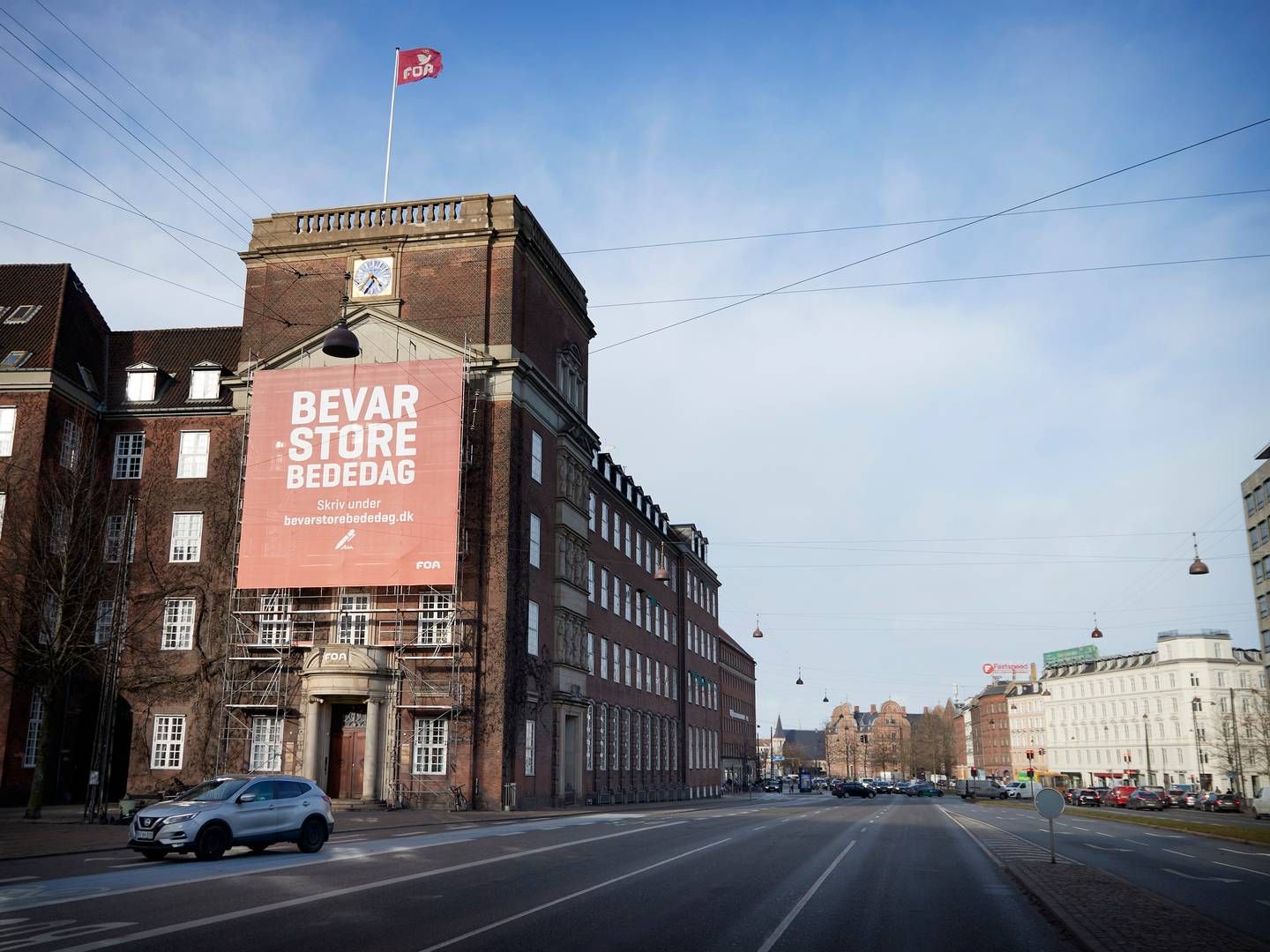Det grønne branding boom
Læs en anmeldelse af Grants bog her
John, tell us short what your new book is about.
The new book (The Green Marketing Manifesto) is about a new huge wave of change quite similar to the digital revolution, because it is a systemic change. It is about a sustainable economy and making green normal as opposed to ‘green-washing’, which is making normal look green. The new book is about how we adapt to radical unavoidable change. And it is also about changing habits and social change.
What is the difference between the old and new ‘green’?
“In the beginning of the 90’ies there was a mini green boom in the western world. And it ended up with a lot of either useless or designed-to-look-green products. Today, if you sell organic chocolate – it has to be the best chocolate, and it is ok to make look good as well. But I must say that I am not a big fan of the new trends of ‘green luxury’ and ‘eco-chick’, because they are a repetition of a culture of envy – and hence over-consumption.”
What would be a good example of a good green company then?
“I think that a company like Innocent (innocentdrinks.co.uk – smoothies, ed.) is really on the right track. They are childish, playful and inclusive, and it is clear that they do not think that you become better than other people by drinking their products – they are just more real. Just open their website and you will see the difference. For instance last week they made a promotion saying “buy one and get one tree” – that is both fun and relevant, without preaching or being arrogant.
In your research for the book did you find any evidence on the ‘Lomborg effect’ in
Yes, in international surveys
Why do you use the word “marketing” in you new book (The Green Marketing Manifesto), when you are clearly thinking beyond traditional marketing?
Well, the pragmatic reason is that a programme director from the Discovery Channel once told me that if they included the word “horses” in a programme about horses – they would improve the chances of people watching the programme by more than 50%. I actually had a poll on my blog and 329 people participated. At one point my favourite title was “The Beautiful Coincidence”, because modern sustainability is about doing good things for people, planet and profits. There are really a number of beautiful ideas in the green marketing space, which are good for everybody. For example freecycle.org is both about stories, enjoyment, preserving the environment as well as maybe a free pair of old speakers.
A blogger from the States told me that my book had nothing to do with marketing. He said: “It’s the same theme as your last three books”, and he wanted to call it: “Radical Common Sense”.
I think that there are already many good books around on the green issue, and I wanted to focus and put a fence around the bit where companies create lifestyle ideas – normally called marketing – and wrap those around products and services and technologies.
So, I am fairly content with the title and even more so with the design of the book. It all FSC certified paper and ink, and the size is the right size to be cut out of a piece of paper with minimal waste. Like all good design it has to feel different in the hand. And I really think you have to feel this subject.
John Grant co-founded St Luke’s the innovative and socially aware
John’s previous books which all deal with ‘what’s new?’ have earned widespread praise, popularity and critical acclaim. The New Marketing Manifesto was named one of the ten best business books of 1999 by Amazon. After Image (2002) was included in a list of ‘the most popular business books in the world’ on Wikipedia. Brand Innovation Manifesto (2006) was described as: “.A great addition to brand consumer communication” (Brand Strategy) “Revolutionary!” (The Marketer). John was voted the most in-demand event speaker in




